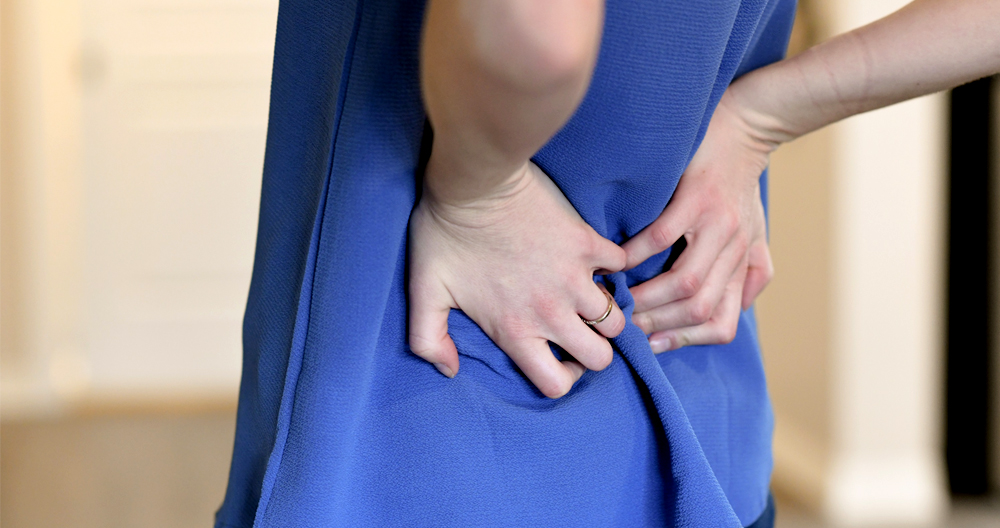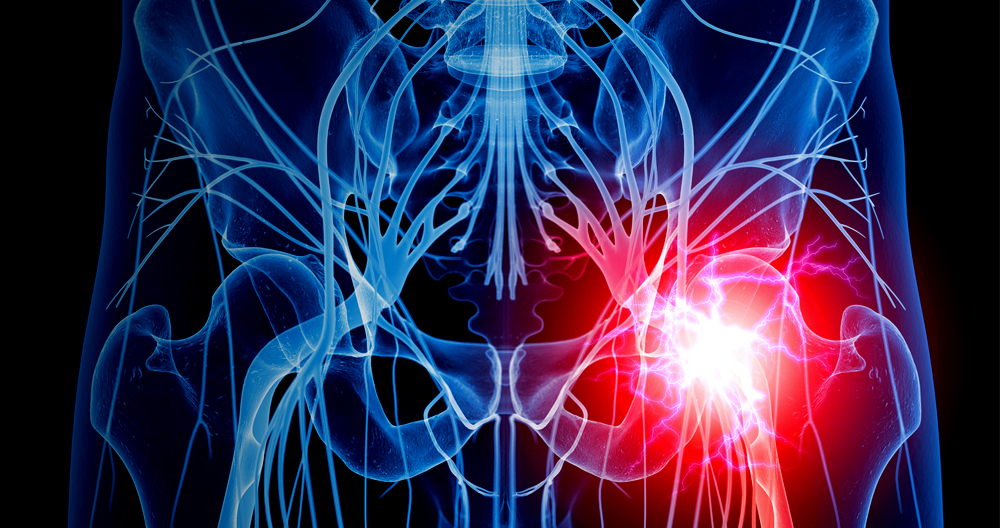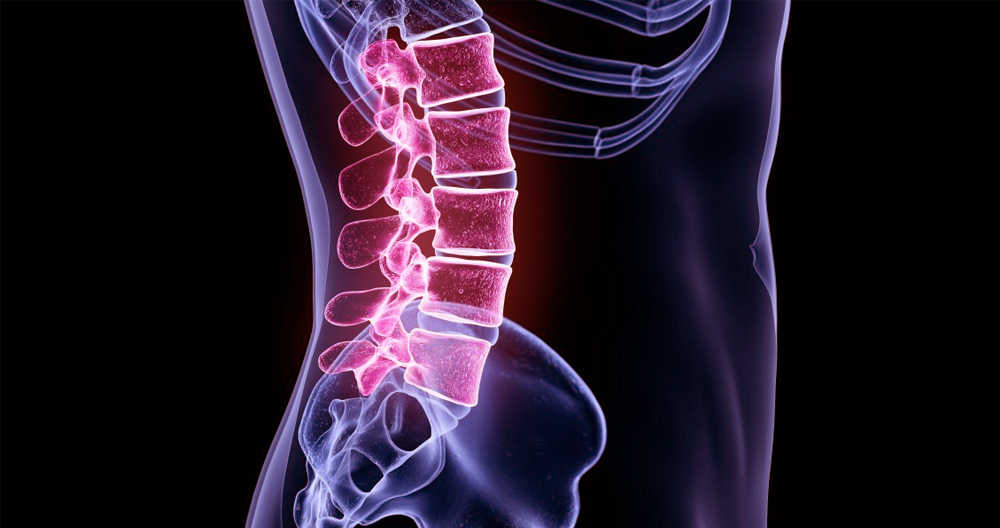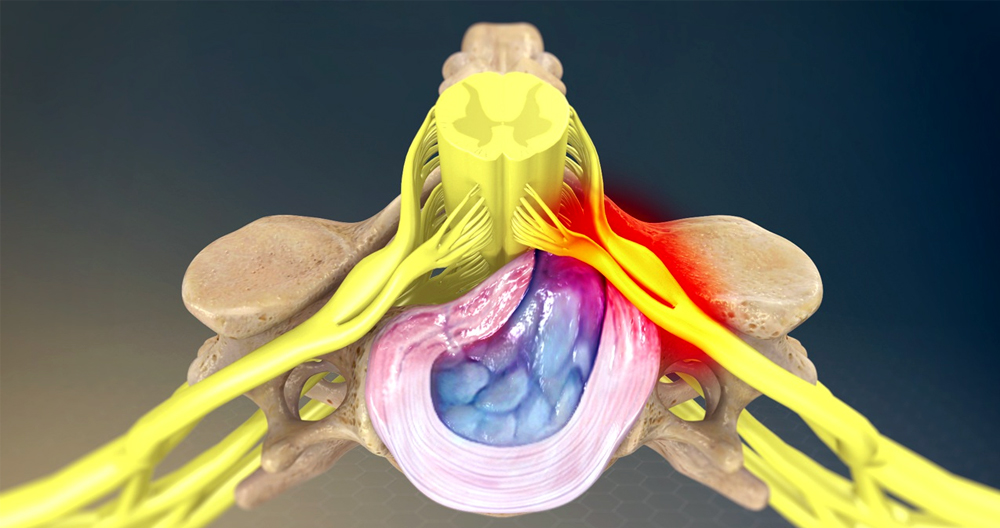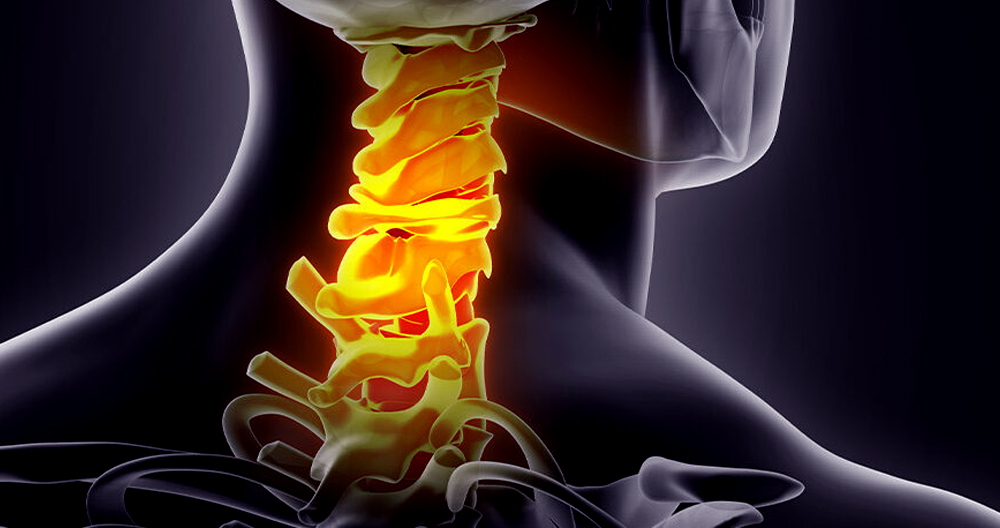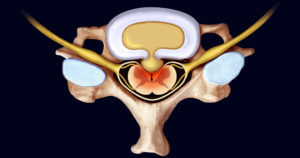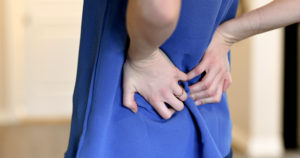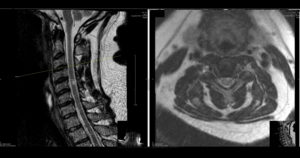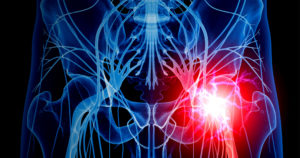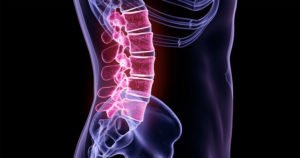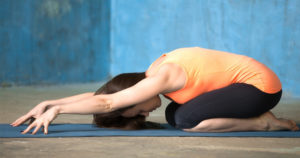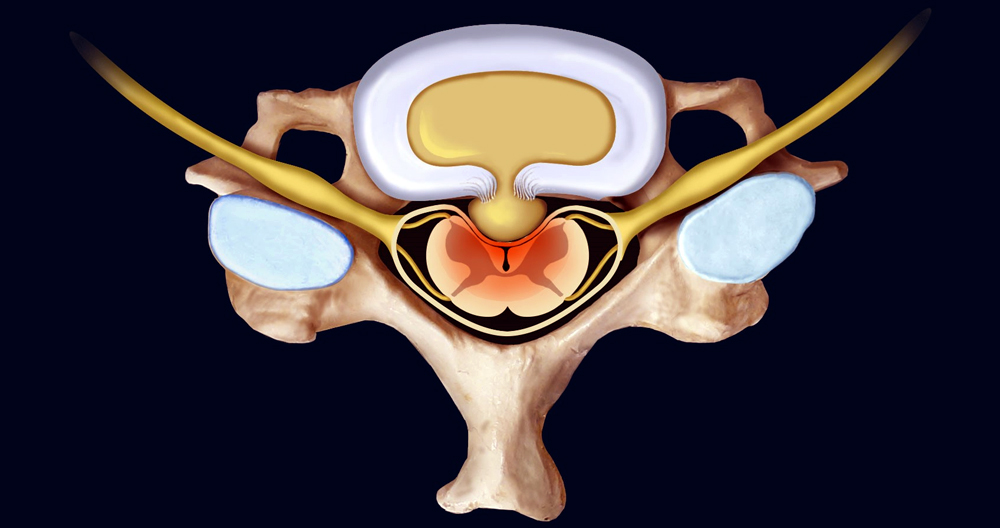
Herniated Disc In Cervical
A cervical herniated spine can lead to a range of different kinds of pain, or none at all. A range of pain may be felt in the neck and arm as well as in the hand. Sometimes, it radiates to these areas. There may be weakness in the hand or arm, or even numbness. The symptoms of a cervical herniated disc can be caused by injury or trauma to the neck. However, they are most often spontaneous. The symptoms of cervical herniated disk pain and associated signs can usually be felt in one or both arms. Different symptoms may be

